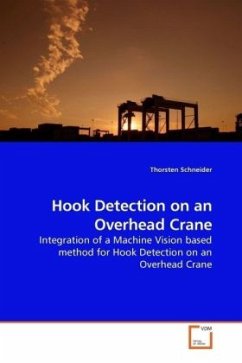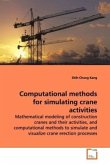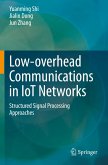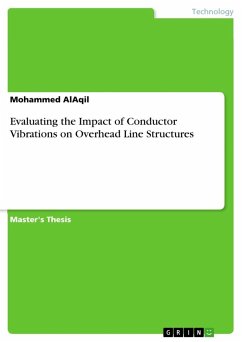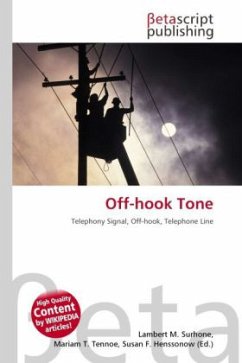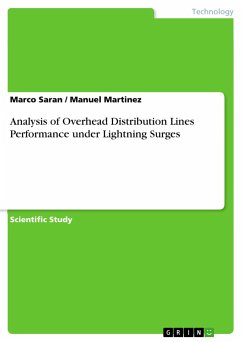Overhead cranes are a vital part of many manufacturing plants. They are versatile, provide high load capacity, and are relatively inexpensive. They are not easy to automate, however, and their swing dynamics requires a skilled operator for fast, precise operation. The discussed project uses machine vision and PLC control technology to continue the progress in this area made by previous scholars. The vision system is used for detecting the position of the hook from the top of the cable. It can also be used for identifying the desired target position for the hook by observing targets on the floor and on the objects to be hoisted. The motion of the top of the cable must be controlled in three directions, including height. The two horizontal motions are particularly important for controlling the swing of the cable. The command shaping algorithms have been used in the past for similar applications and will again be used here. The improvement of the machine vision system is a part of the project to automate an overhead crane. The project s goal is to obtain reliable, real-time coordinate information about the crane hook and its environment.
Bitte wählen Sie Ihr Anliegen aus.
Rechnungen
Retourenschein anfordern
Bestellstatus
Storno

